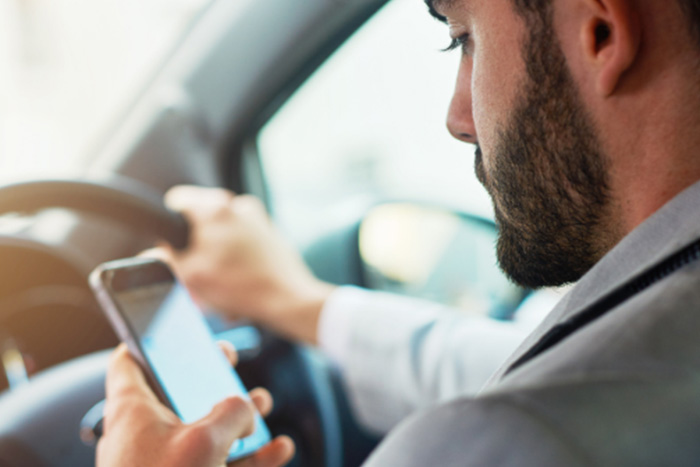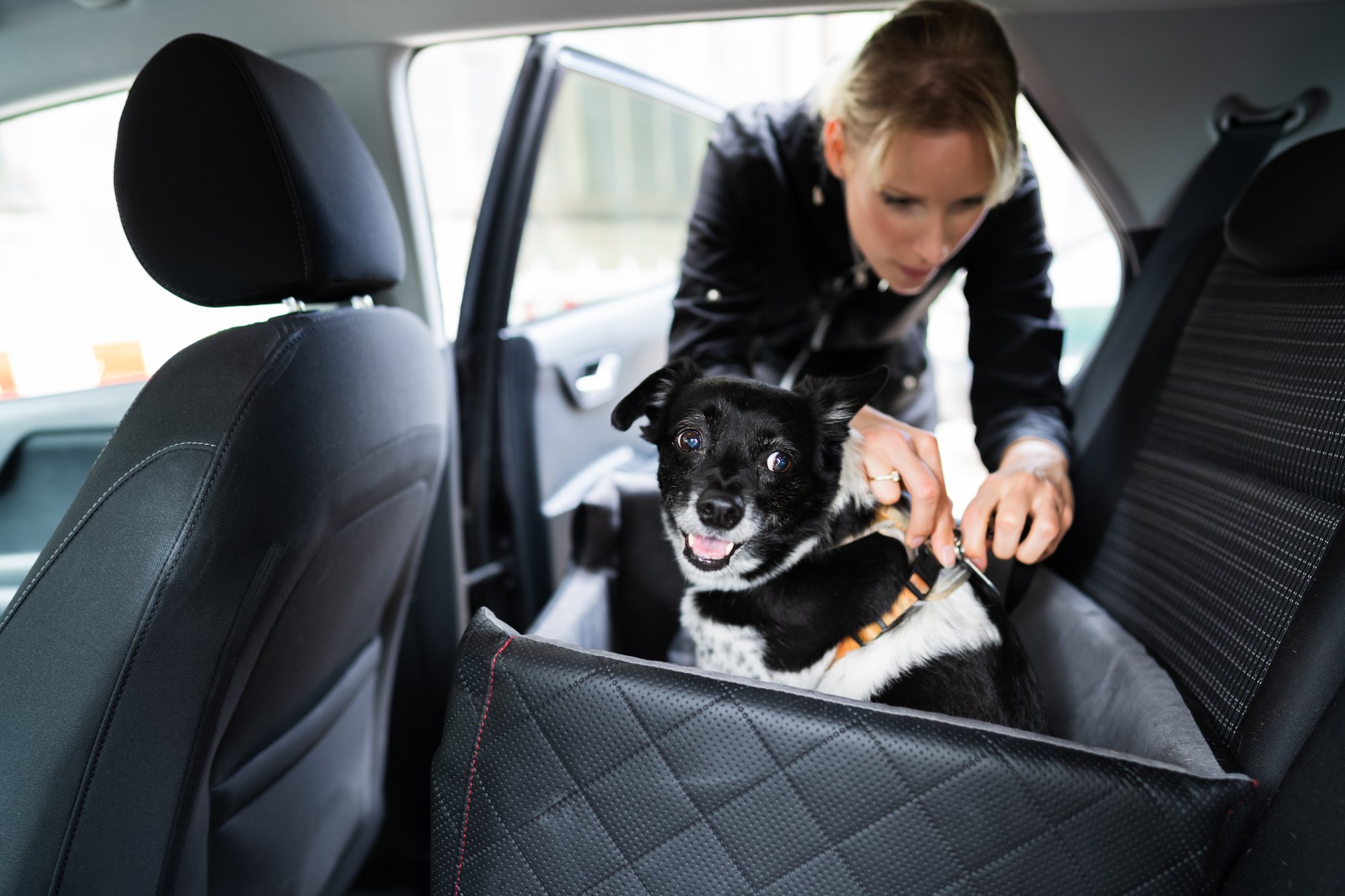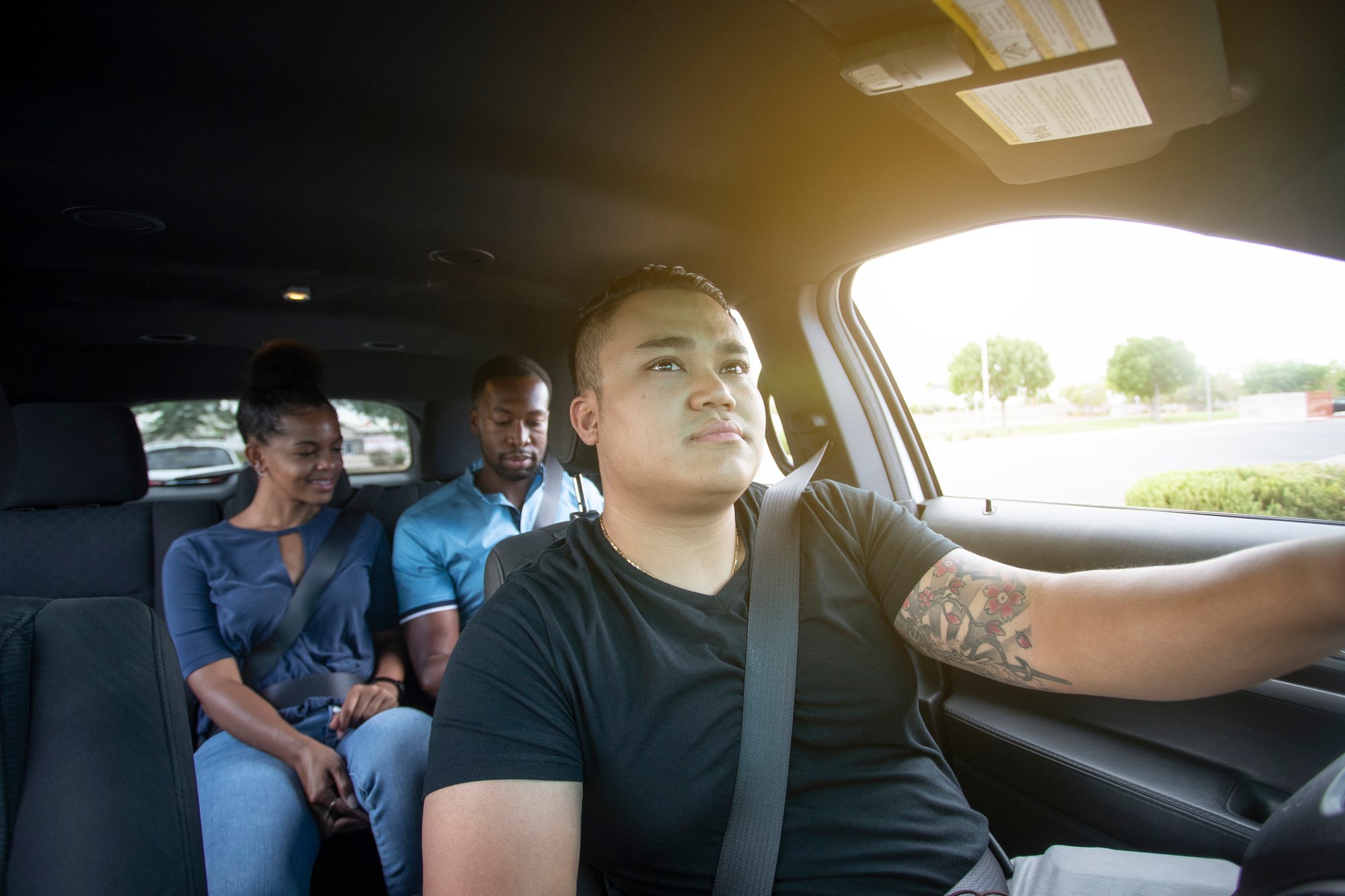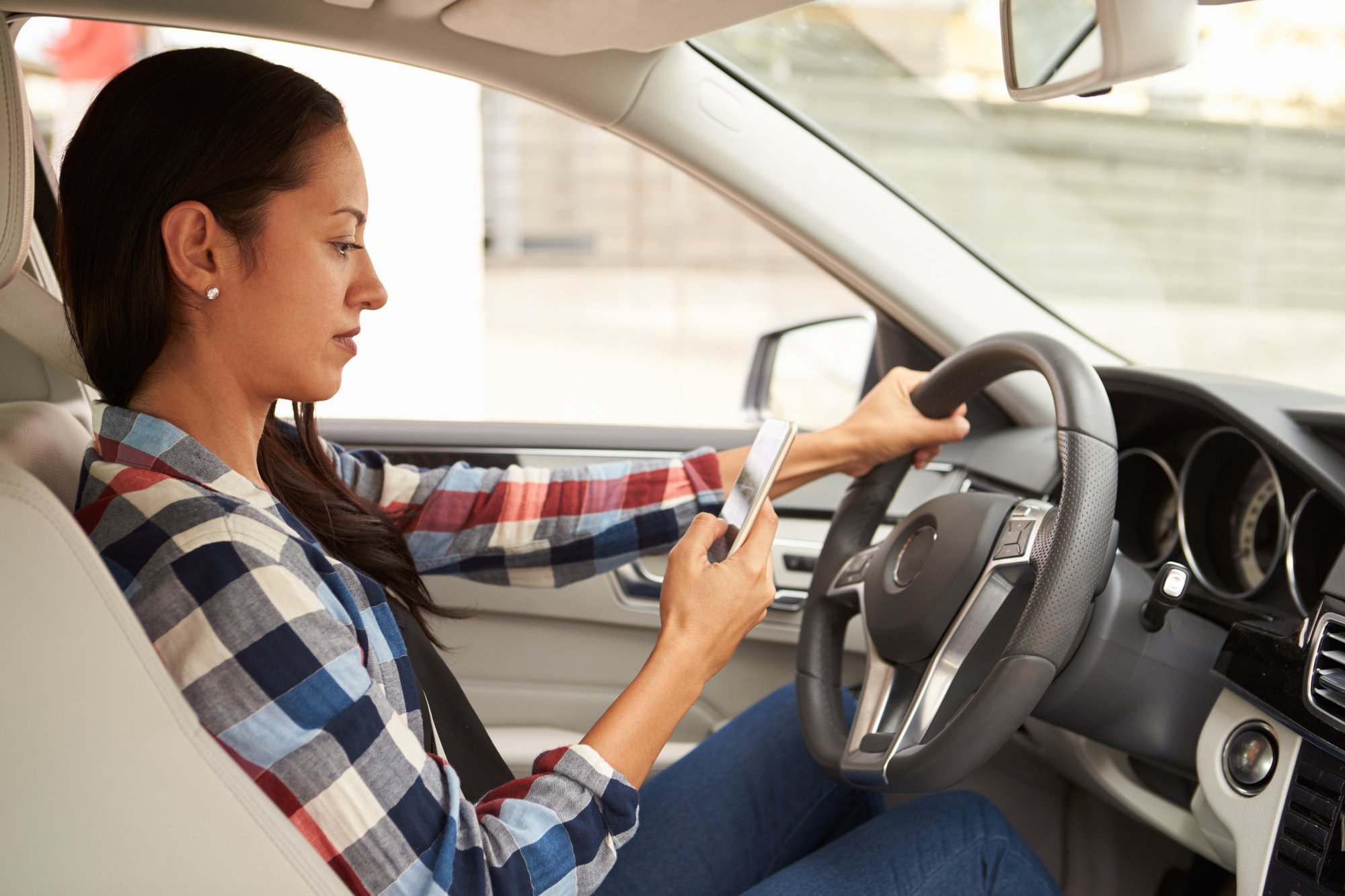We offer West Bend Focus to combat distracted driving by providing education about the dangers of distracted driving and offering solutions to help you mitigate your risk.
Distracted Driving Awareness
April is Distracted Driving Awareness Month. These are the signs of distracted driving.
Insurance Institute for Highway Safety
Young Drivers: The High Risk Years
Learn about the heightened risks faced by teenage drivers, including factors like inexperience, immaturity, and speeding, and hear personal anecdotes revealing teenagers' varying driving behaviors and attitudes.
Campbellsport, WI
Teen Crash
Hear the devastating story of an avoidable crash that changed many lives forever. This video serves as a reminder for parents to discuss the dangers of speeding with teens. It also encourages drivers to reduce their speed and prioritize safety, and implores passengers to voice any discomfort while in a vehicle.
A Wonderful Life
Listen to a firsthand account of how distracted driving tore a family apart and shattered dreams.
Cell Phone Use Laws
Learn about cell phone usage laws across the country.
Distracted Driving Awareness
April is Distracted Driving Awareness Month. These are the signs of distracted driving.
Young Drivers: The High Risk Years
Learn about the heightened risks faced by teenage drivers, including factors like inexperience, immaturity, and speeding, and hear personal anecdotes revealing teenagers' varying driving behaviors and attitudes.
Teen Crash
Hear the devastating story of an avoidable crash that changed many lives forever. This video serves as a reminder for parents to discuss the dangers of speeding with teens. It also encourages drivers to reduce their speed and prioritize safety, and implores passengers to voice any discomfort while in a vehicle.
A Wonderful Life
Listen to a firsthand account of how distracted driving tore a family apart and shattered dreams.
Cell Phone Use Laws
Learn about cell phone usage laws across the country.

April is Distracted Driving Awareness Month, a time for all drivers to evaluate their driving habits to ensure they’re driving as safely as possible ...

Pets are a big part of many families. More than 63 million households own a dog. Because they’re considered part of the family, they often accompany families during ...

A new survey by the Insurance Institute for Highway Safety identified the groups of drivers most likely to be distracted while behind the wheel. The survey of more than 2,000 drivers ...

Almost every state across the nation has some kind of law on texting while driving. Drivers know texting in the car isn’t safe and can lead to fines or jail time if they’re ...
Test your knowledge on distractive driving with our interactive graphic.
West Bend FOCUS aims to educate drivers and passengers about the dangers of distracted driving.
Distracted driving causes almost 280,000 injuries per year.*
Sept. 7, 2021, NHTSA;
Having a passenger in the vehicle can be distracting, especially for teens.
Distracted driving can take many forms – not just texting or talking on the phone. Eating or drinking, applying makeup, adjusting the stereo – among other activities – are distractions.
ANY distraction is a dangerous distraction. Driving safely means driving has your full attention. Non-driving activities you engage in significantly increase your risk of an accident.
Taking your eyes off of the road – even for a few seconds – could cost someone, including you, their life.
TWO SECONDS
The maximum amount of time a driver can safely divert his or her attention from the road.
FIVE SECONDS
The average time a driver will be distracted while texting. The distance traveled in five seconds while driving 55 MPH is 100 yards – that's the equivalent of driving the length of an entire football field with your eyes closed.
In 2019, there were 228,679,719 licensed drivers and 299,267,114 registered vehicles in the United States. Drivers drove a total of over three trillion miles.1
36,096
The number of people killed in motor vehicle traffic crashes on US roadways during 2019.
2.74 million
The estimated number of people injured on our roadways
According to the NHTSA,
distracted driving led to:
3,600 deaths in 2019
3,142 deaths in 2018
2,628 deaths in 2017
In 2018 about one in five people who died in crashes involving a distracted driver WERE NOT in vehicles ― these people were walking, riding their bikes, or otherwise outside a vehicle.2
Nine percent of fatal crashes, 15 percent of injury crashes, and 15 percent of all police-reported motor vehicle traffic crashes in 2019 were reported as distraction-affected crashes
Nine percent of drivers 15 to 20 years old involved in fatal crashes were reported as distracted. This age group has the largest proportion of drivers who were distracted at the time of fatal crashes
In 2020, 22.7% drivers reported that they sent emails or a text messages on hand-held cell phones within the past 30 days.3
One in three teens who text say they have done so while driving. Research indicates that dialing a phone while driving increases a teen’s risk of crashing by six times. Texting while driving increases the risk of crashing by 23 times.4
1. NHTSA, 2021 - Source: Driving Statistics
2. National Highway Traffic Safety Administration, April 2020
Traffic Safety Facts Research Note: Distracted Driving 2018 Department of Transportation, Washington, DC: NHTSA
Accessed 18 August 2020
3. AAA Foundation for Traffic Safety, 2021 - Source: Driving Statistics
4. NHTSA, 2018 - Source: Driving Statistics
Our commercial policyholders can enjoy discounts on vehicle technology systems through our exclusive partnerships. Explore our list of vehicle technology systems to discover all the special offers available from West Bend's trusted vendors.
©2025 West Bend Insurance Company
1900 South 18th Ave., West Bend, WI 53095
P: 262-334-5571
F: 262-334-9109
94% OVERALL CUSTOMER SATISFACTION
OTHER RESOURCES
OUR COMPANY
©2025 West Bend Insurance Company | Privacy Policy | Terms of Use | Accessibility Statement | Site Map | Contact Us
Please help us improve your experience by taking this one minute survey.
We appreciate your feedback